Southwest Iowa Swedes
In 1855 Bengt Magnus Halland left difficult circumstances in Sweden to come to America, to Illinois. He soon distinguished himself among other farmhands and became one of pioneer pastor L.P. Esbjörn's most influential students. Beginning with the school at Springfield, Halland followed his teacher to Paxton and into ministry with the Augustana Synod.
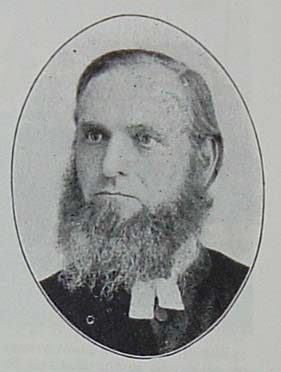
Bengt Magnus Halland
Not content with ordinary parish duties, he sought out the Burlington Railroad to become a promoter of new lands in the promising west. His decision to focus on southwest Iowa was the beginning of the largest and most prosperous Swedish settlement in the state. The story of that settlement is told in the book "Gracious Bounty" and preserved by the efforts of the Swedish Heritage and Cultural Museum of Stanton, Iowa. By 1870 the railroad had laid out the town of Stanton, arranging in exchange for Halland's promotion among "pious Swedes" to provide building lots in the prominent spot in town for a church. That church, Mamrelund, stands today in fulfillment of that arrangement. O.M. Nelson's book on the Swedes in Iowa gives a brief sketch of Halland's role:
The Burlington railroad was then building to the Missouri river, and, in 1869, the railroad officials offered B. M. Halland the right to select for Swedish colonization such lands along the road in western Iowa, as he thought suitable for his countrymen. In April of the same year, B. M. Halland made a trip from Burlington to Council Bluffs, in company with an official of the road, and selected Frankfort, Scott and Grant townships of Montgomery county, and Douglas and Fremont townships of Page county, for colonization.. Several excursions were run to the lands in the fall of 1869, but no land was sold till the following year. To B. M. Halland was granted the sole agency for the sale of these lands which were sold to Swedish settlers for from $6 to $11 per acre. The railroad was finished in 1869.
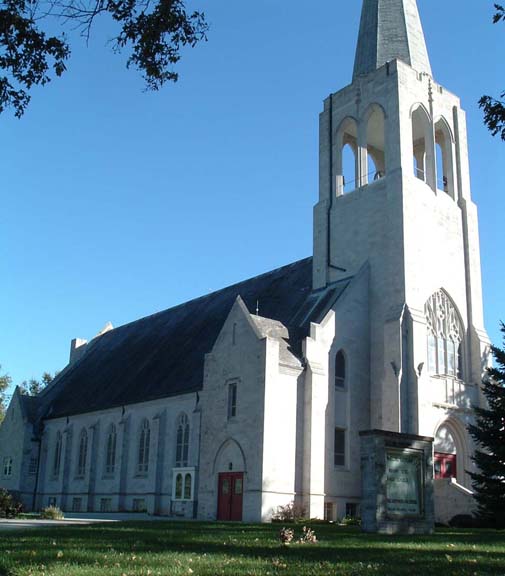
Stanton Mamrelund today
"Gracious Bounty" tells the story of the settlement's humble beginnings of dugout shelters and tiny "stugas" in which people lived. Their families treasure the memories of these days as we shall see. The beginnings of Halland's churches were born in these earliest dwellings. The Mamrelund congregation was founded in the Sellergren home shown below.
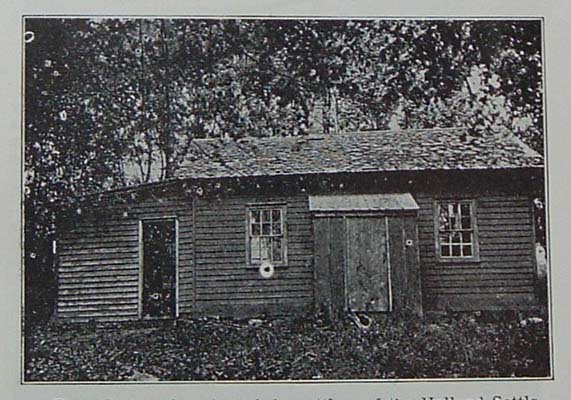
Sellergren's house where Mamrelund congregation formed in 1870
Soon a building project was underway on the lots set aside by Pastor Halland, though some favored a location in the countryside to the southwest where the actual grove suggestive of the "Mamrelund" name stood. The building was complete enough to serve for the Christmas "julotta" service dear to all Swedes.
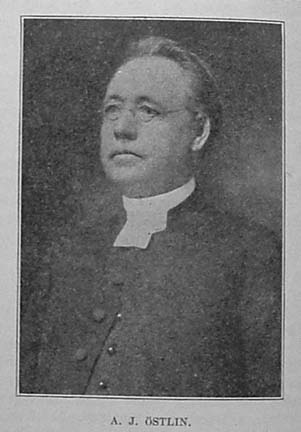
Pastor A.J. Östlin
served Mamrelund from 1883 to 1894
The hopes and dreams of the Halland Swedes were more than fulfilled as the community grew and prospered. There was little of the narrow mindedness which was to restrict growth of parallel settlements and churches in other places. A chain of villages and churches followed in Mamrelund's train, but the mother church became ever stronger and outgrew its first house of worship. Pastor Östlin is credited with the building of the "tempel" below as well as figuring in the development of the Children's Home and a "Normal School" held in Mamrelund's basement.
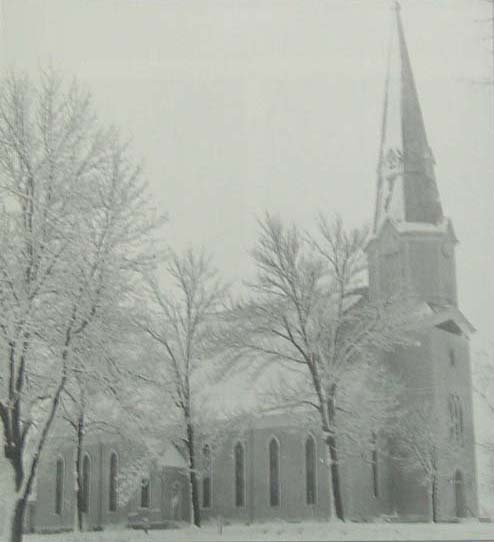
The second Mamrelund church
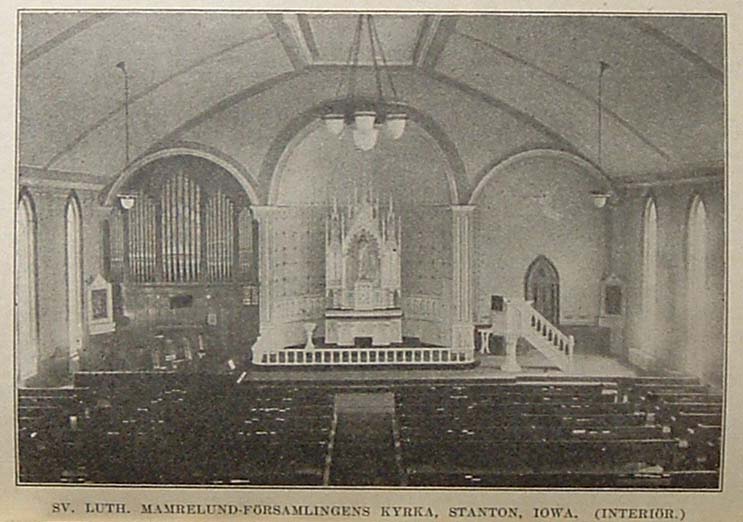
Mamrelund interior
Don Peterson, curator of the Stanton Swedish Museum, tells a chilling tale remembering the tragic loss of the above building to fire in 1938. The furious drafts of the flames coursed through the pipes of the chancel organ seen above, causing unearthly sounds to be produced. Those who heard these infernal tones were never to forget what they call "the death of the organ".
Halland had a particular empathy for the fatherless, as he himself had been, and sought also for land on which to build an orphanage. That dream also came true. Lastly he accepted a 160 acre tract for himself, presumeably at reduced cost, illustrating the way in which many Swedish settlements were developed at this time by railroads and clergymen to their mutual benefit. The Halland communities rallied to their Pastor's worthy cause and in time the Iowa Conference of the Augustana Synod would endorse this noble endeavor two miles south of Stanton. Its dedication in 1881 was long remembered for the presence of both Conference President Siljestrom and Rev. Olof Olson, founder of the sister settlement at Lindsborg, Kansas.

Stanton "barnhemmet": Children's Home
Today it is good to remember the wonderful work of our ancestry and think of their dreams and sacrifices. Though times and ministries must change we do not want to forget them. A marker is all that remains as physical evidence today.
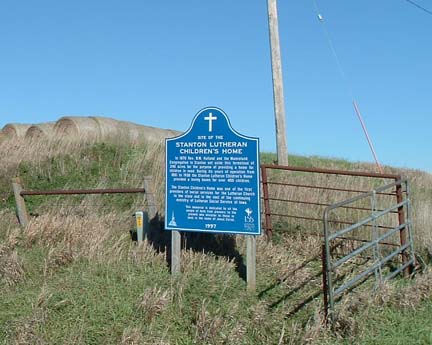
Lest we forget
Fortunately a photographer captured Stanton's Barnhemmet and grounds in the days when it flourished, and the museum prominently displays the view for all to see.

A panorama from the prime years of Stanton Children's Home
The Augustana Synod reaped a "bounty" from Halland's settlement: just a month after Stanton's congregation was organized another church, Fremont, was formed to the south. A few months later a congregation organized at rural Bethesda and in 1872 at Red Oak. To these were added Tabor (Wallin) and St. Johns (Essex). These might be called "daughter" congregations but more properly perhaps, "sisters".
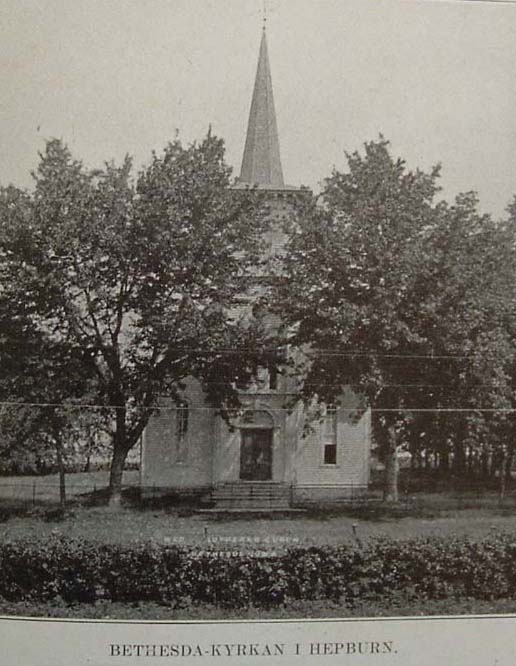 -
-
Rural Bethesda and the Red Oak Augustana Lutheran Churches
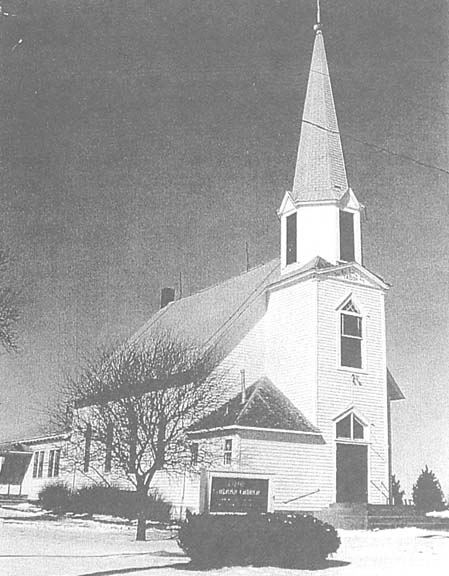
Rural Tabor Church (Wallin)
The Fremont church was at a site called Nyman, east and north of Essex. There was once a post office but now it consists mainly of the Lutheran church, parsonage and a farmsite or two. The cemetery adjacent, called "New Hope" is the final resting place for many mission families as well as Lutherans.
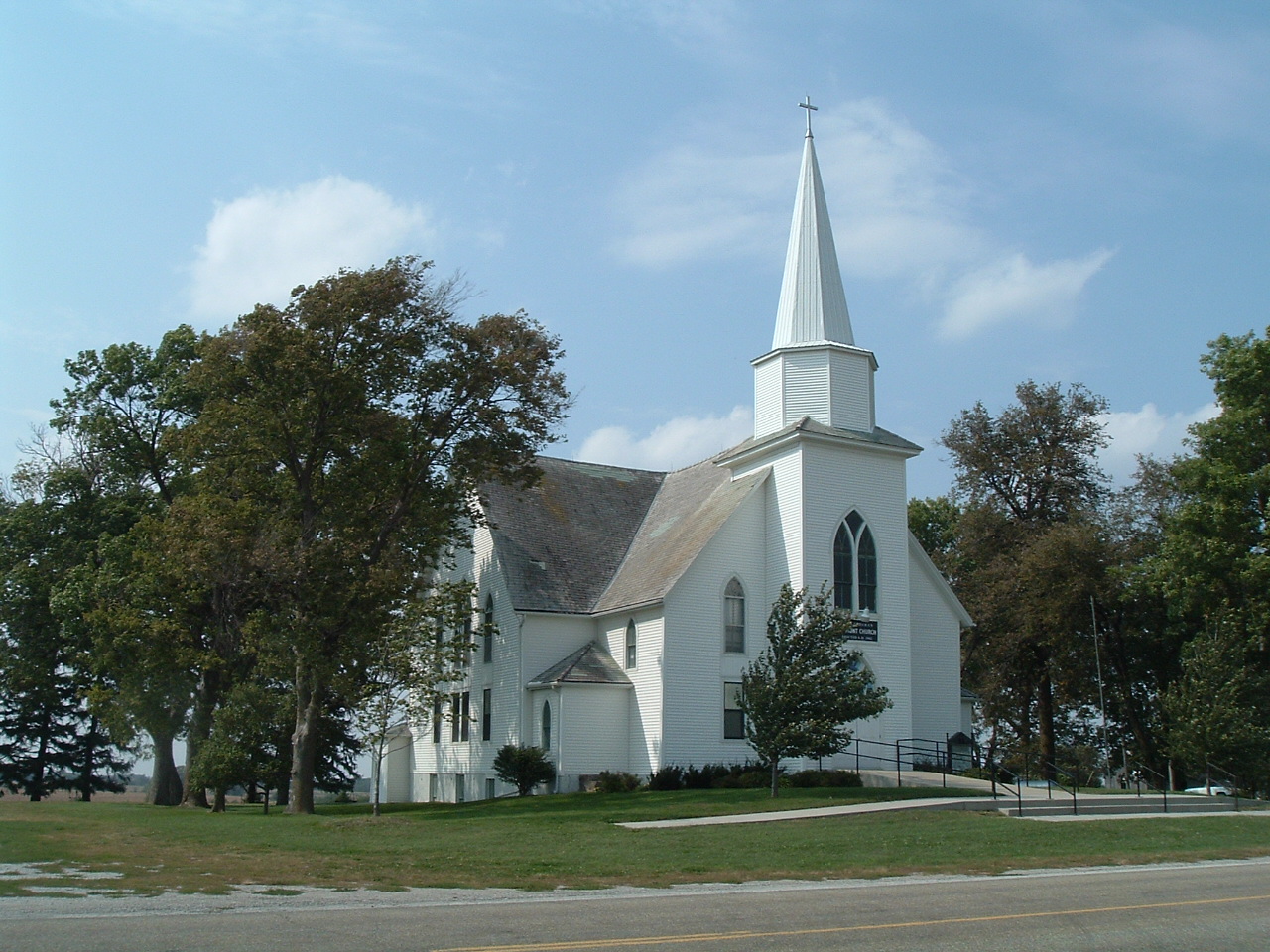
Fremont Lutheran Church: where the missionfriend meetings were held